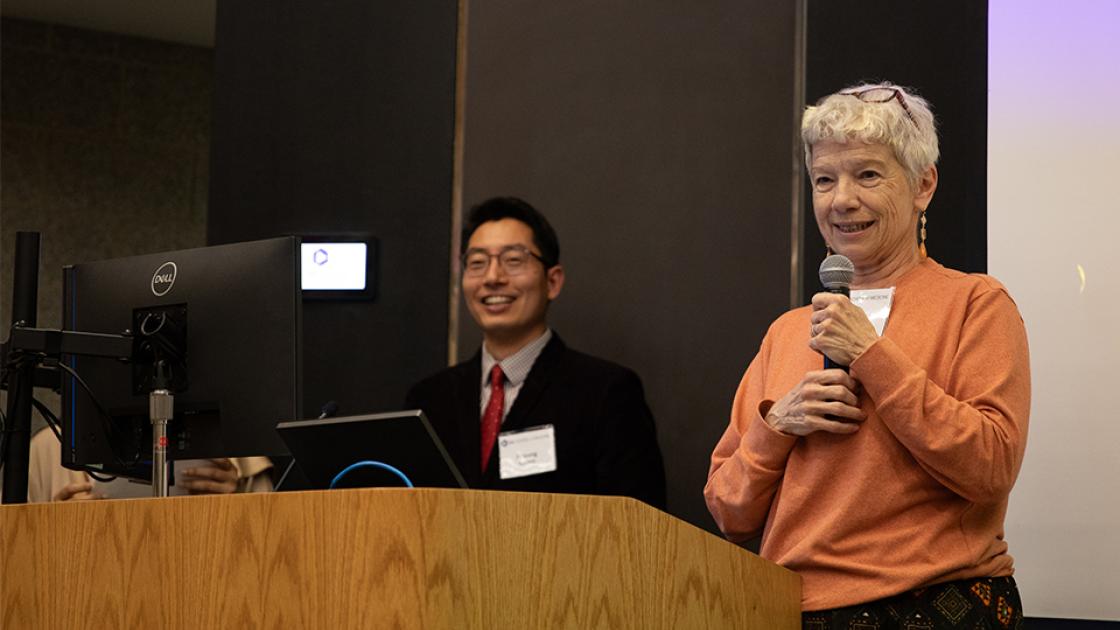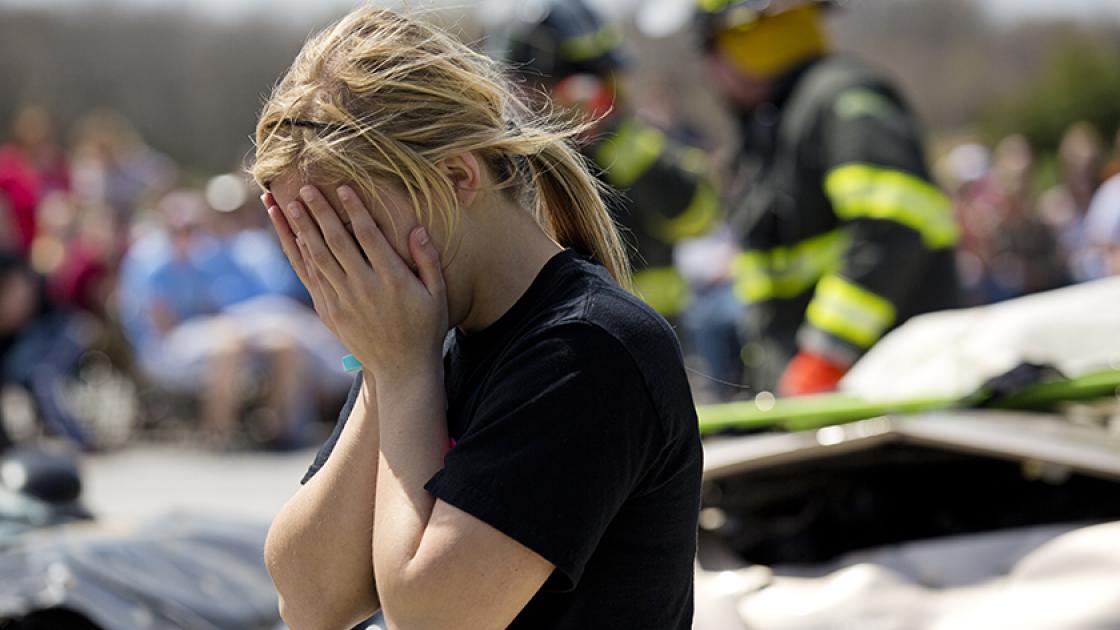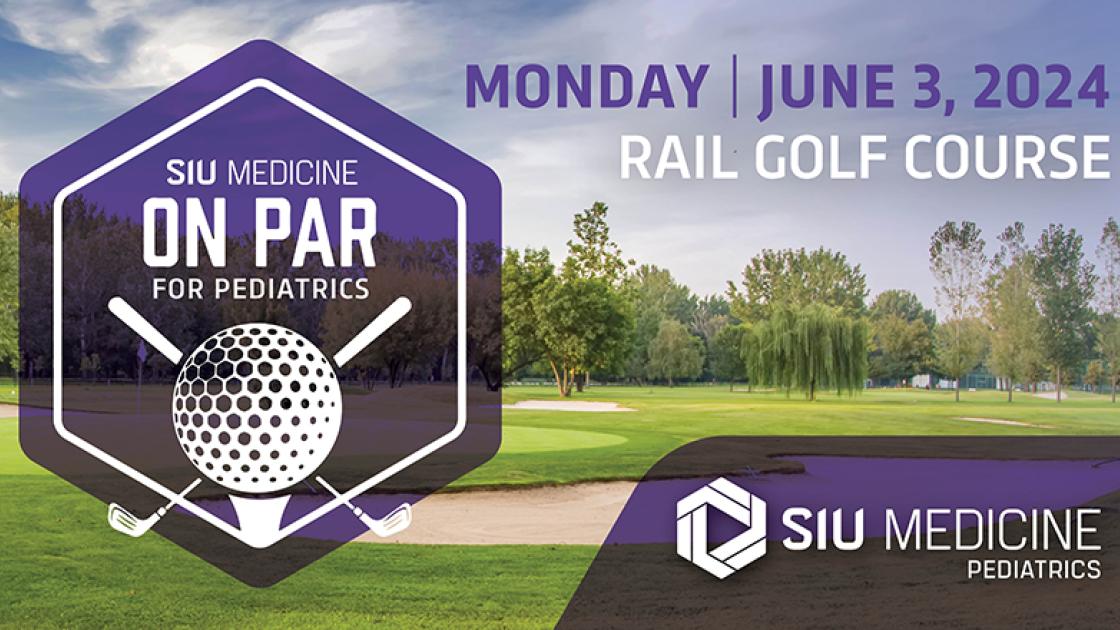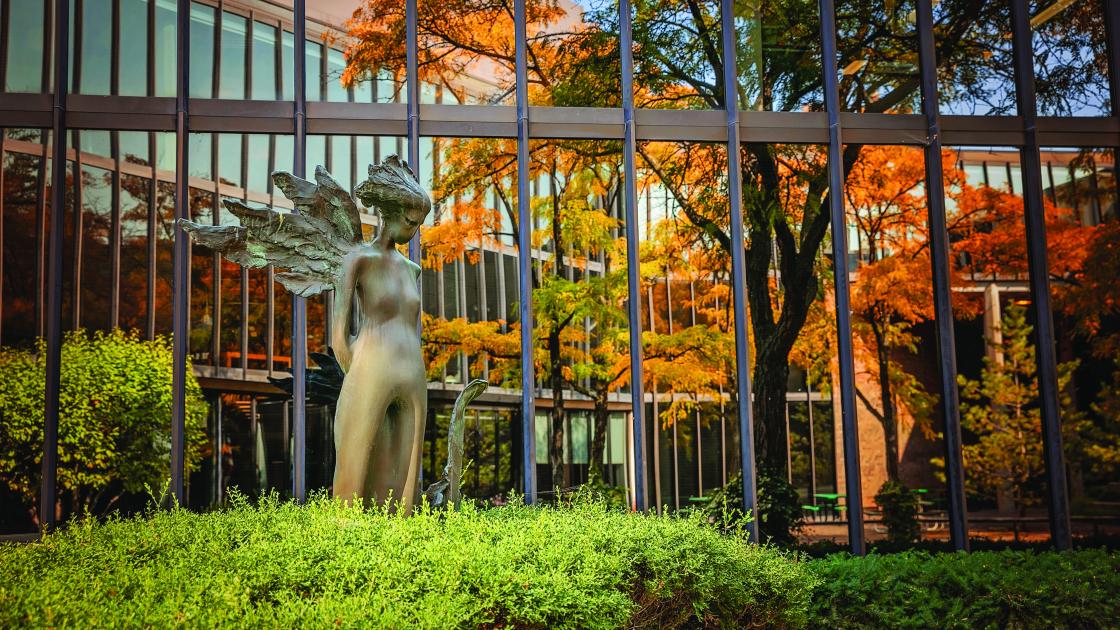
Reflections on teaching and learning through a pandemic
By Debra Klamen, MD, MHPE, and curriculum from a 2022 Center for Human and Organizational Potential Wellness Conference presentation; transcription by Steve Sandstrom:
May you live in interesting times.” - ancient Chinese curse
The COVID-19 pandemic of early 2020 certainly made for very interesting times in education. All of us were affected by it. There was no avoiding it.
Do you remember where you were when the world shut down? I was just coming back from a conference in Kuala Lumpur. We got back on March 5. On March 11, the WHO declared COVID-19 a pandemic. On March 13, everything shut down.
The impact on education was going to be immediate. But we caught a break: The first-year students were literally on their spring break. That bought us a week.
My first problem: We had a bunch of international students from Japan rotating with us, in fourth-year electives and doing problem-based learning with our second-year students. I was terrified that these young people were going to be stuck with us for the duration of the pandemic. We had seen the writing on the wall, and by March 6 they were all on a plane headed home. That was a load off my mind.
But looking at what was ahead was daunting.
Coursework had to become virtual over the weekend. An annual Teaching and Learning Symposium was canceled because they didn’t have the technology to do it remotely. Our fourth year’s Match Day plans were scuttled. And with all the unknowns surrounding the virus, the fear level was huge.
The work on the educational component put me at the office for two weeks straight, 12 to 18 hours a day, to try to get everything organized, online and squared away. The first- and second-year curriculum involves lectures and tutor groups (small groups of 6 or 7 students in a room with a tutor for a couple hours twice a week). The third- and fourth years have a lot of scheduled encounters with patients in clinical settings, many of which we feared were about to be inundated with COVID patients. All of that had to be addressed.
As I’d learned from my time running a psychiatry in-patient unit, if I looked disturbed, alarmed, upset or that I somehow didn’t know what I was doing, there’s a ripple effect. I needed to get things rearranged while trying to look calm. I brought in my pillow and blanket and slept in the office for four consecutive days. It was easier, because the time it took me to commute and then figure out how to do things on the computer when I wasn’t terribly literate wasn’t worth it.
Everything was crazy that first week. Nobody knew what was going on. No one knew anything about COVID but you’d hear these scary stories coming out of Europe. I thought back to when we were in Kuala Lumpur. The first couple of days looked like a normal conference. By the third day you saw an increasing number of people wearing masks, which is more common in Eastern countries than it is in the United States. By the second-to-last day, everyone except the people from North America had donned masks. We knew it was serious.
At SIU School of Medicine, we’re devoted to education. In the midst of all this confusion in Week 1, something glorious and typical of SIU School of Medicine happened: Everybody stepped up to the plate. IT folks and medical library staff worked double time to make sure everyone could get connected and access things. Our clerkship, unit, and year directors were all on high alert and speed dial. Three of us would get on the phone and make a major decision. We didn’t have time to do things through the usual channels. We shut the whole place down and rebooted in 2 weeks.
The year 1 students got an extra week of vacation. The year 2 students got two weeks vacation. Neither group complained.
The most challenging problem at the start should not come as a surprise. It was the faculty’s use of technology—those who are older and less adept at using all the apps on phones encountered problems. The students for the most part didn’t. They’d grown up with this stuff.
We already had some courses that were online within the curriculum. But this was EVERYTHING being put online in 2 weeks.
At that time, I don’t think I’d ever used WebEx or Zoom before. I’d certainly never run a tutor group that way. Those of us in the educational leadership roles at universities were talking to each other and trying to find the way forward. Some schools that had never incorporated virtual learning were closed down for as long as 8 weeks.
The timing of the pandemic was out of our control, but we caught another lucky break. SIU’s core third-year rotations take 8 months to complete. Some medical schools spread them out over 12 or 18 months. For our students, the 8 months ended in March. All of our third-years had completed their core rotations before the shutdown occurred.
Necessity is the mother of invention (and creativity). The pediatrics department started doing virtual rounding, using a mobile workstation that they rolled around from room to room in the hospital.
The third-year medical students were now into the time in the calendar when they could pursue their personal education plan, which is selective. The fourth year is all elective. But patient contact was going to be removed from the equation. There was no vaccine. For reasons of safety, everything was going to have to be virtual. We had faculty and students meeting online to figure out what was the essence of the PEP they wanted. Some would meet outdoors in parks to discuss things in person, but from a safe distance.
At times I felt guilty working from home. It was as if I was missing something. Others noted a blurring of the lines between working from home and being home 24/7 during the lockdown. When there’s so much work that has to get done and there’s no longer social events on anyone’s calendar, when does the workday stop?
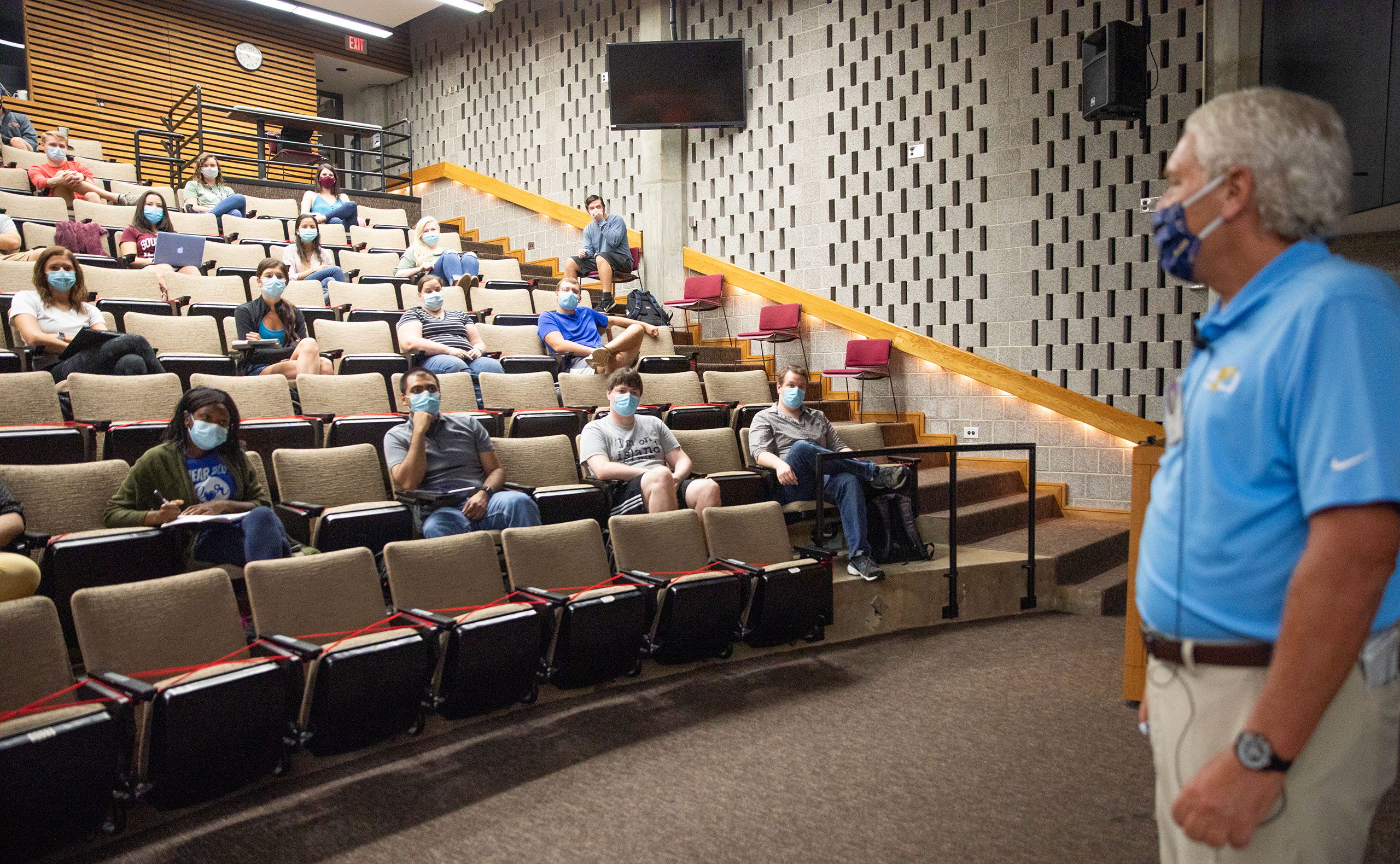
In August 2020, Associate Dean of Students Dr. Constance briefs second year learners.
The death of George Floyd happened in May 2020. An SIU chapter of White Coats for Black Lives organized itself and a campus march in response. We’re proud of these learners for putting their conscience and courage into the fore. It was another example of people under pressure standing up and taking chances during the pandemic.
Before 2020, if I’d have proposed our faculty do a totally virtual tutor group, there’d have been some pushback. When the pandemic made it de facto, I did not hear a single complaint. The shift from tumult into teamwork was amazing.
The Center for Human and Organizational Potential (cHOP) was relatively new, launched in 2019, and was built to help people manage in difficult and not-so-difficult times. In the wake of the pandemic, its creation seemed prescient. Already part of the system, its team moved quickly to provide access to well-being resources and tools through Revamp, its employee forum on the intranet.
In June 2020, we let our students go back to seeing patients, but only non-COVID patients. January 2021 we got the vaccine. It was extraordinary to develop an effective vaccine and have it in production in a year. We all knew people who had been sickened or killed by COVID. I lost three who were close to me.
There were some strange reactions in this first year as we grappled with personal protection vs. individual freedom. I saw someone shopping at Walmart wearing a garbage can. Not the bag; the can. Remember the ivermectin craze? It’s used for management of parasites in livestock. I ride competitive dressage – horse competitions – and we always have a large supply of it in the barn. It disappeared overnight.
The pandemic also gave us time for reflection, to take a breath and do some things we’d been putting off. For some of us, that involved writing. Submissions to our educational journal Teaching and Learning in Medicine increased by 67%, according to Anna Cianciolo, PhD.
This ‘spare time’ aspect did not apply to all our faculty and staff, especially those who had young children at home. For many forced into a new home-educator role, it brought a whole different level of stress. By August 2020 many parents were eager for the schools to reopen. Perhaps no more so than their children, who were missing out on the socialization aspects that school offered.
By March/April 2021, anyone around the medical district who wanted the vaccine had access to it. Later in the year, tensions surrounded mandating the vaccine for school of medicine employees. It made perfect sense from a preventive medicine, epidemiological perspective and from data-driven evidence. Not everyone saw it that way.
My 92-year-old mom shared the thoughts of many when she told me, “My gosh, if people had reacted like this when I was a child during the polio epidemic, polio would still be here with us today.”
In October 2021, it was time for the Independent Student Analysis (ISA). The medical school is up for accreditation every 8 years from the Liaison Committee for Medical Education (LCME). If you aren’t accredited, you can’t graduate students who are MDs that can move on to residency programs. The ISA is a survey for students reflecting on their time here, and we provide no input other than a small financial incentive to increase participation.
The LCME’s ISA has room for individual school’s students to add questions of their own. Ours had added 10 questions that dealt specifically with how the students felt we responded to the COVID crisis. Questions like: Did we listen to them? Did we take their needs into account? Were we transparent in our decision-making?
I got the feedback in November. We did phenomenally well. More than 98% strongly agreed that we had done all the right things referenced in the 10 questions. Communication was tight. We were transparent. We had listened to their needs and wants and reacted where possible.
At the time, I felt I was barely keeping a lid on it, trying to grapple with everything thrown at us on both the academic and clinical sides, filling staffing gaps when people were out with COVID, etc. But through it all, the students felt supported and they were happy with us. I was thrilled.
It reminded me of something I have said many times before. Our students will learn despite what we try to do. They are determined people, here to get their degrees. We just need to give them the best tools and get out of their way.
Because I’m a doctor, I’d have friends call on me about what to do. I would explain the best evidence, give them my recommendation and tell them what I had done personally. Sometimes they’d give back a political or wholly emotional argument. At which point I would say, “You asked my opinion, here it is, I gave it. Feel free not to take it, but don’t ask me again.” I’m guessing like some of you, a few friendships were ended over these issues. I was given my biggest lesson in all of this: Fear trumps education.
Again, there’s some room for understanding. The rules for quarantining and treating COVID seemed to change all the time. Even we ‘experts’ in the medical community weren’t always sure what to do. The reason was because the data would change. Fortunately, our dean, Dr. Jerry Kruse, has a master’s in public health. He helped keep us all up to date on the shifts as they occurred. This wasn’t easy. There were times when systems were in conflict. At one point, Memorial, St. John’s, SIU and the Springfield public school district were all following different policies.
To sum up, these various challenges that we faced and everything we went through put us where we are today. We found ways to adapt and improve. Here at SIU School of Medicine, we are always open to educational innovations. COVID also brought more technical innovations, increased communication and enriched empathy.
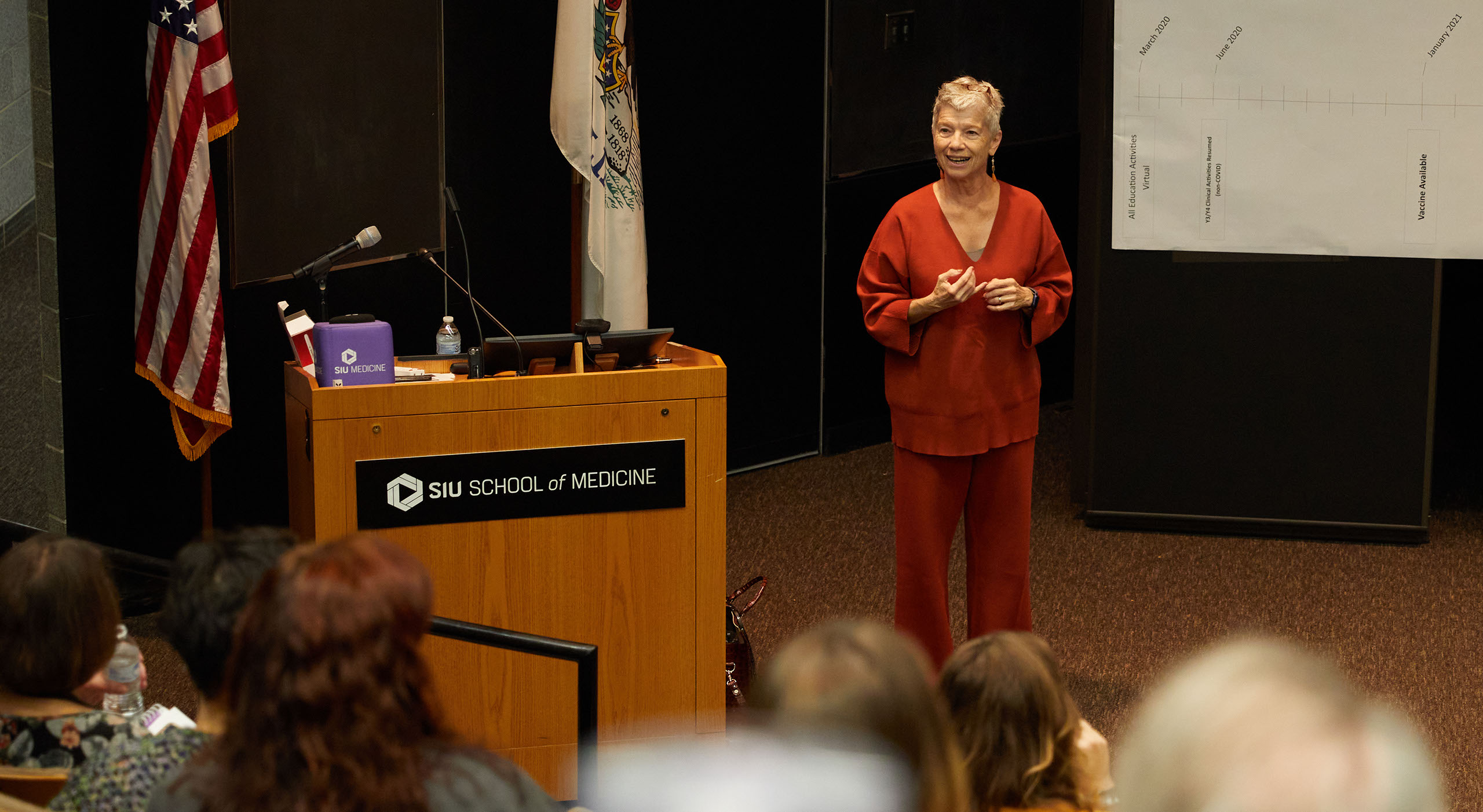
We have continued to offer a few classes virtually. In some departments, we’ve let faculty and staff choose to continue to do a day remotely. We never would have done that without the push from the pandemic. Some jobs don’t allow it, but where you can, people have adjusted to it.
It has not affected productivity or the education of our students. I think it works great, and the one day a week can make a huge difference to some of our staff. Our people are our most important asset.

